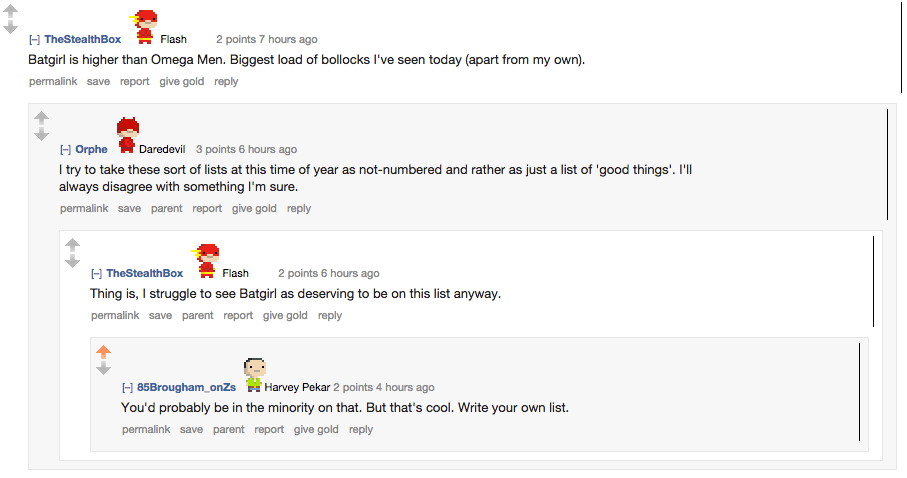I’m late to the party, but ever since I discovered Alex Blumberg’s StartUp podcast, I’ve been devouring it nonstop. I recommend it to anyone who works in startups, owns their own business, or might do one of those two things at some point.
But I specifically need to recommend episode 9, We Made A Mistake, to community management professionals, PR professionals, and anyone who deals with crises and customer feedback.
The story is simple: Alex and his team are doing documentary-style interviews with Squarespace users to splice into their Squarespace ad spots. It’s unique, it’s powerful, and it’s real. But out of all the people they interview, Alex’s assistant drops the ball with just one. She forgets to clarify that this will be used for an advertisement for Squarespace. Oh, by the way: they’re interviewing a small child. Yeah, that’s a big oversight. And the mother of the child, Linda Sharps, gets very upset when she discovers this is an advertisement for Squarespace, not an interview for This American Life. She makes a big deal on the internet, and a crisis begins.
Alex and his team watch as the anger spreads through Twitter. They communicate with and apologize to the woman on the back-end, but they don’t make a public announcement until some time into the crisis, apologizing for the mistake. The story threatens to grow bigger, but finally dies down.
Now, sure, there are some logistical lessons to learn here. Pretty obvious ones:
- Always tell someone what their interview will be used for
- For very important bits of communication, create formal language and a checklist to ensure you’ve communicated these elements
- Get out in front of a story like this
I’m pretty sure Alex knew at least number one, and had they followed the second it’s unlikely we’d be talking about this.
But we get a rare chance to really understand the motivations of a rabble-rouser because something very unique happens: After the crisis, Alex actually interviews the person who created it.
As the interview began, I couldn’t help but feel some disdain. Linda was a freelance writer and marketer. Of COURSE she was. She probably couldn’t WAIT to make a big deal out of this.
But as the interview went on, I realized that was far from the case. When she got the email, which one could easily misread as an opportunity to be on This American Life, Linda was excited for her son. So excited, in fact, that she Instagrammed a screenshot of the email before even responding. You can imagine her crushing disappointment when she found out it was for an advertisement…from a friend who had heard the ad.
But why did she stay upset, even after the team apologized to her? Why was she so aggressive on Twitter? “I think the reason also I was upset is…I was a little embarrassed!” she says. “You know what I mean? In retrospect, I kind of felt like the part of me that is prone to self-doubt was like ‘of COURSE it wasn’t a This American Life story’.”
This is a key insight, and something we often overlook…especially when we’re alarmed and frustrated by someone complaining about us. The main source of Linda’s anger was not actually the miscommunication and misuse. It was that SHE looked and felt dumb. Gullible. Excitable. And private apologies don’t address how you look publicly.
Every crisis and blowup is different. We often assume, from our defensive perspective, that the person causing it is mean, or stupid, or unreasonable. We often fail to understand WHY they’re so upset and WHAT would make them less upset.
There’s no perfect formula for this, but what StartUp might have done is:
- Get Linda on the phone (which they did) and spend most of the call understanding why she was so upset (it seemed like they were more focused on explaining themselves).
- Examined how they could address her specific source of anger. In this case, how could they make her look good online? An early public post saying “oh my god, we totally screwed up and can see how this was absolutely misleading” could have helped.
Humans are rarely just plain mean or evil. Usually, there’s something driving their behavior. Taking the time to understand it pays dividends when trying to clean up a mess like this.
